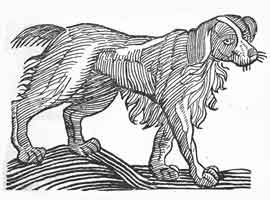
Do an Animal Companion’s strengths have a mechanical effect, or are they primarily for fictional positioning?
Do an Animal Companion’s strengths have a mechanical effect, or are they primarily for fictional positioning?

Do an Animal Companion’s strengths have a mechanical effect, or are they primarily for fictional positioning?
Comments are closed.
Bit of both. Naturally I’m not going to tell a ranger he can’t have his owl scout ahead. But a companion with “scout” will find secret passages in the walls, or avoid detection, compared to a dog without it, which will run into the bandit camp, then run off to tell the Ranger he found them, potentially leading said bandits to the party.
Yes they do, on the right side under command. You have various advantages to having an animal.
• and you attack the same target,
add its ferocity to your damage
• and you track,
add its cunning to your roll
• and you take damage,
add its armor to your armor
• and you Discern Realities,
add its cunning to your roll
• and you Parley,
add its cunning to your roll
• and someone Interferes with you,
add its instinct to their roll
Which is plenty in my opinion. Even then, you have advanced moves which further there use. Like taking damage for you.
RidersOfRohan Totally. Check out the Strengths though: Fast, burly, huge, calm, adaptable, quick reflexes, tireless, camouflage, ferocious, intimidating, keen senses, and stealthy (distinct from the trainings which directly impact the rolls above). I think Patrick’s comment nailed it, but am still interested in what other folks have to say.
I’m with Patrick Schenk. The strengths are cues about fictional positioning and narrative permission. Which, in Dungeon World is kind of like mechanics.
Definitely fictional. A stealthy animal can be used to fetch something from an orc camp without being noticed. A huge animal will cause all kinds of commotion doing the same thing.